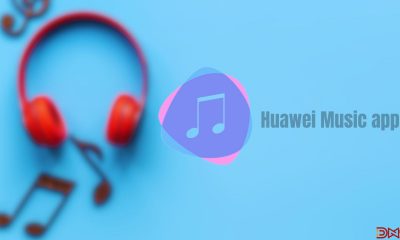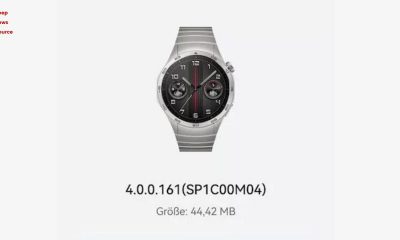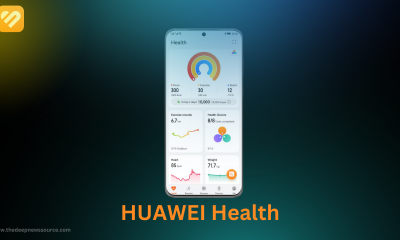Realme
Comparison: Redmi Note 10 Pro Max vs Realme X7 5G

Xiaomi’s sub-brand Redmi has recently launched its new Note series with the name of the Note 10 and this series revealed three smartphones namely Redmi Note 10, Redmi Note 10 Pro and Redmi Note 10 Pro Max. These line-ups we have already seen in the Redmi Note 9 series. Now, in this article, we talk about the premium version smartphone in the Redmi Note 10 series which is the Redmi Note 10 Pro Max.
On the other hand, Realme has launched its Realme X7 5G smartphone in the month of February this year with lots of great features. Now we start, the comparison between the Redmi Note 9 Pro Max and Realme X7 5G smartphone who has the best smartphone in the mid-range.
Software and Display:
Redmi Note 10 Pro Max has featured by Android 11 which is based on MIUI 12 and it sports a 6.67-inch full-HD + Super AMOLED display with a 120Hz refresh rate. At the same time, Realme X7 offers a 6.4-inch full-HD + (1,080×2,400 pixels) Super AMOLED display and it runs on Android 10 based Realme UI 1.0 which is soon upgraded with Realme UI 2.0 based on Android 11.
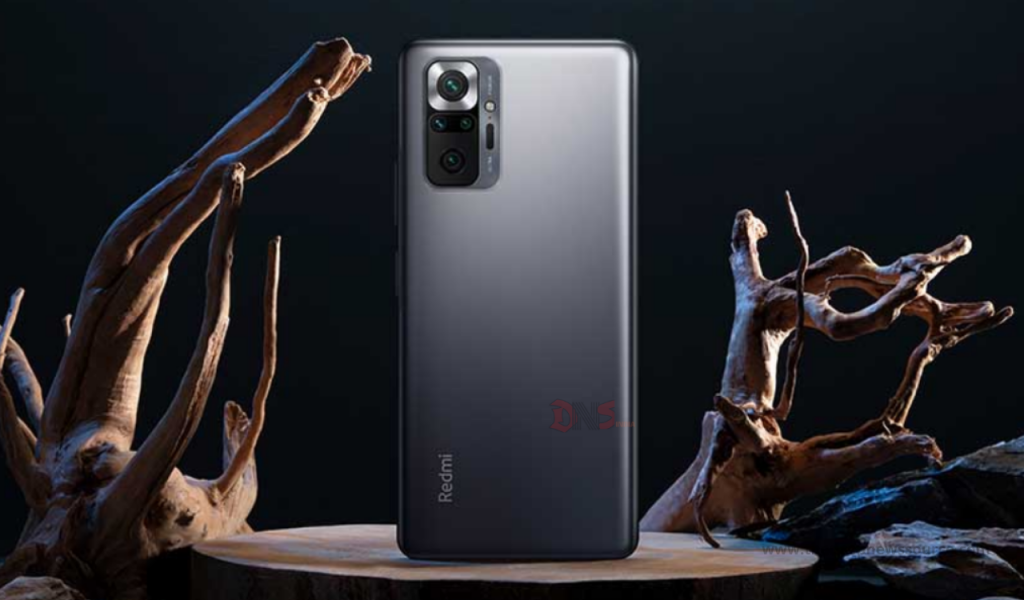
The Processor:
Realme X7 5G smartphone has MediaTek Dimensity 800U 5G processor with LPDDR4x RAM and Mali-G57 MC3 GPU up to 8GB. On the other side, Redmi Note 10 Pro Max has an octa-core Qualcomm Snapdragon 732G processor with up to 8GB of RAM and Adreno 618 GPU.
The Camera:
Now come to the camera section, Redmi Note 10 Pro Max has a great camera sensor 108MP primary camera, 5MP macro camera, 8MP ultra-wide angle camera and 2MP depth. The front-side smartphone provides you a 16MP camera sensor for takes great selfies and video calling.
Now, come to the Realme X7 5G camera setup, it has a triple camera setup which is given in the rear for photography in Realme smartphones. Its primary camera is a 64MP, 8MP ultra-wide-angle camera and 2MP macro camera. Also, a 16MP camera has been given for a selfie in the front.
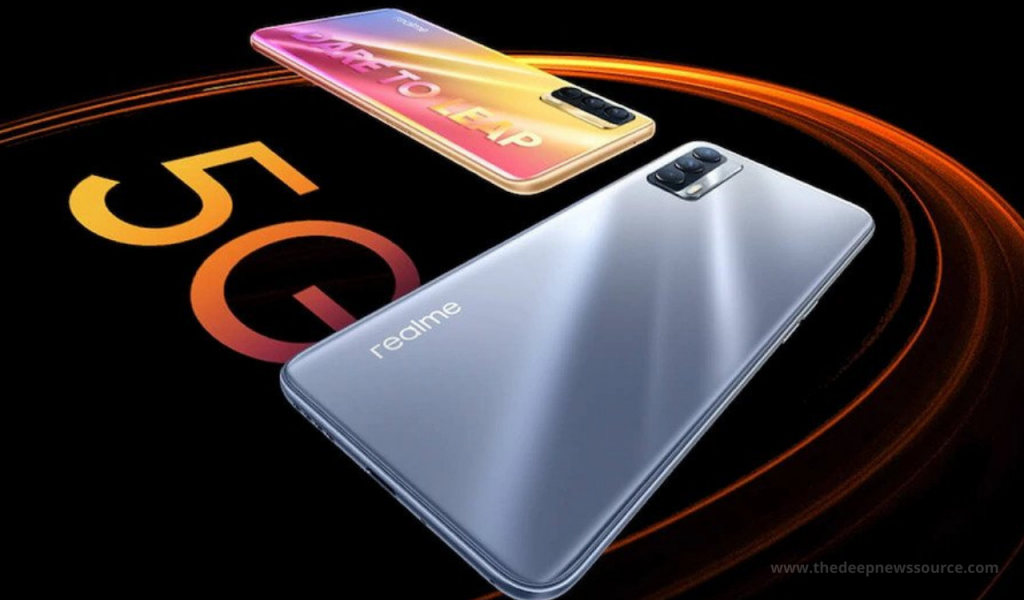
The Battery:
Realme X7 5G smartphone has a powered by 4310mAh battery with super-fast 50W charging support. At the same time, the battery of the Redmi Note 10 Pro Max is 5020mAh and customers will also get the support of 33W fast charging.
Pricing details:
First, we talk about the Realme X7 5G smartphone, the 6GB + 128GB variant has been priced at Rs 19,999 and the 8GB + 128GB variant has been priced at Rs 21,999. The users can select this smartphone in two color options namely nebula and space silver while you can buy the Realme X7 through India’s largest online store Flipkart.
On the other hand, Redmi Note 10 Pro Max available in 6GB RAM and 64GB variant with the price is Rs 18,999, 6GB and 128GB variant is priced at Rs 19,999 and 8GB and 128GB variant is priced at 21,999 Rs. The smartphone has launched in three colors which are dark knight, glacial blue and vintage bronzes. It will be available in the online store Amazone on March 18, 2021.
IF YOU LIKED OUR ARTICLE, YOU CAN FOLLOW US ON OUR GOOGLE NEWS AND TELEGRAM CHANNEL ALSO YOU CAN JOIN OUR DISCUSSION GROUP ON TELEGRAM.
News
Realme Watch 3 Pro smartwatch released in India: Built-in GPS, which costs around Rs 4450
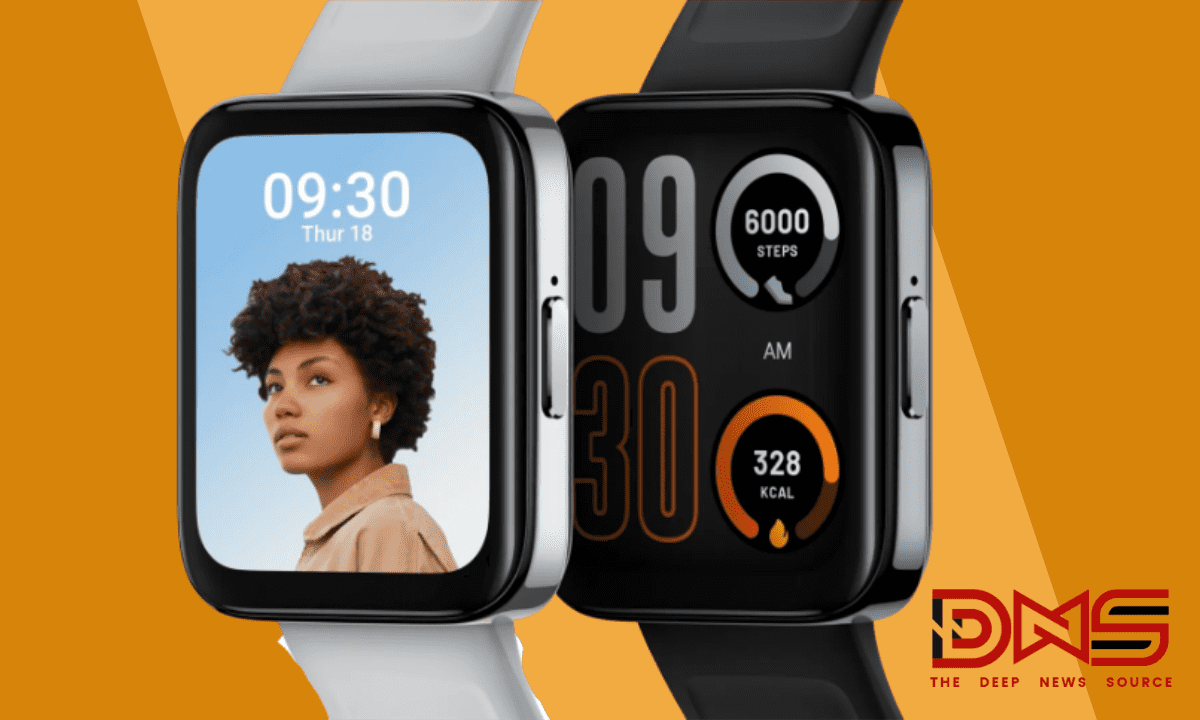
Realme has continuously launched new products not only in the domestic market but also in overseas markets. Yesterday, Realme released the realme Watch 3 Pro smartwatch in India.
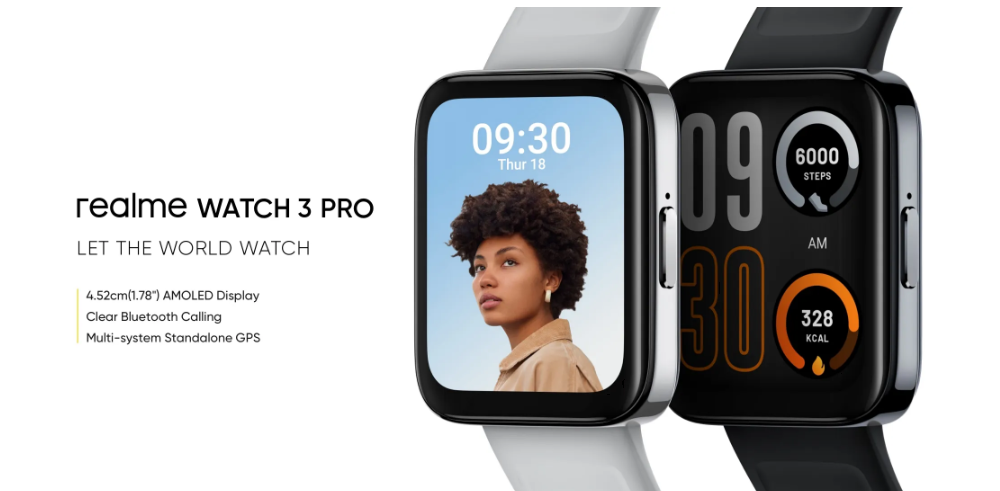
The Realme Watch 3 Pro smartwatch is available in black and gray, featuring a rectangular dial design and a detachable 22mm silicone strap. The smartwatch comes equipped with a single speaker and supports Bluetooth calls, so there are two speaker openings to the left of the dial. To the right of the dial are the long physical buttons.
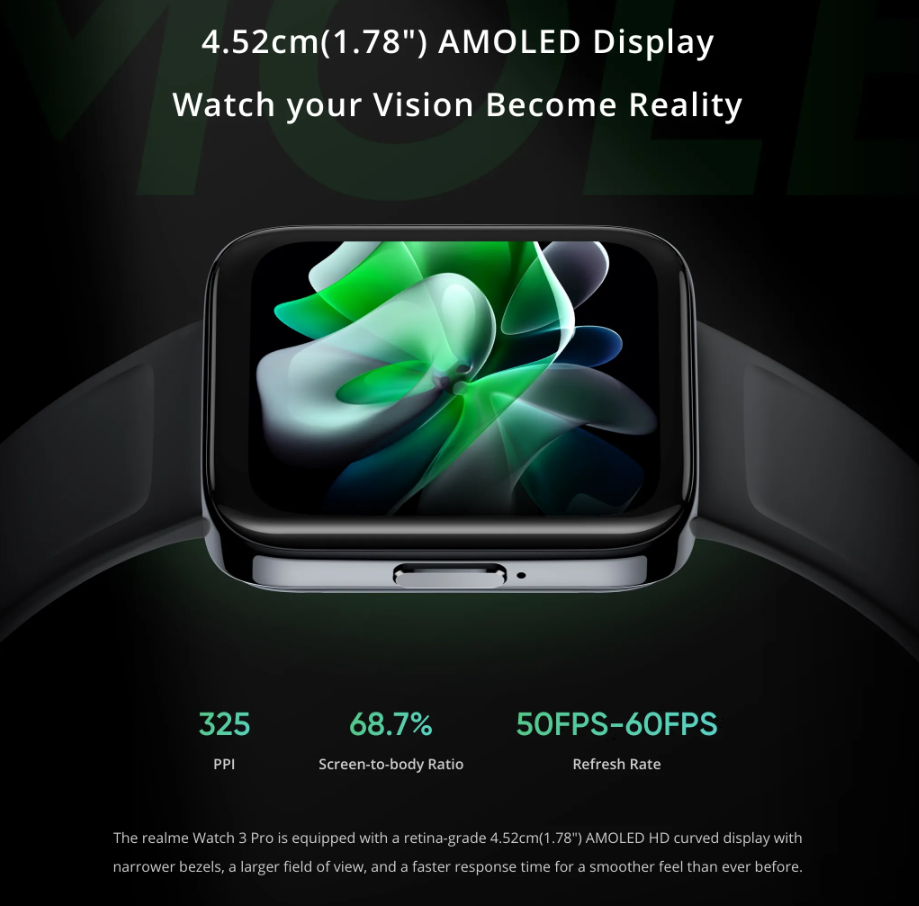
The realme Watch 3 Pro smartwatch uses a 1.78-inch AMOLED screen with a screen resolution of 368×448, a screen ratio of 68.7%, and a screen brightness of 500 nits. At the same time, the smartwatch supports the screen display function.
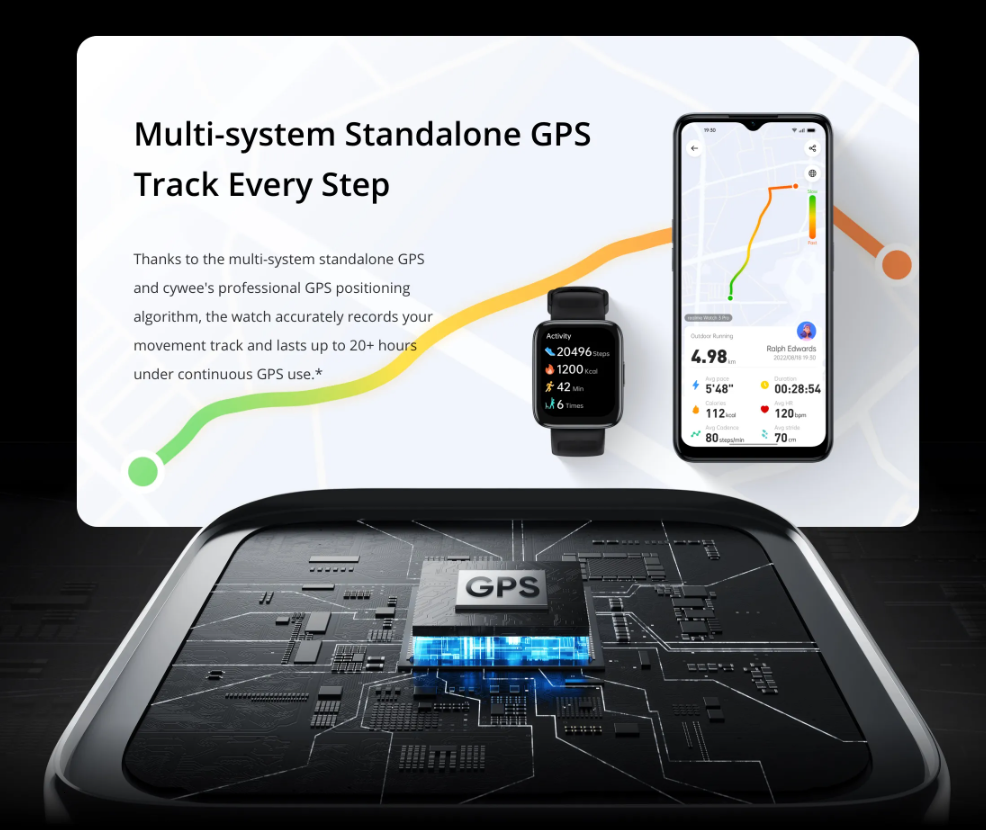
The realme Watch 3 Pro smartwatch has built-in GPS, which can be positioned independently of the mobile phone. At the same time, the smartwatch is also equipped with a heart rate sensor and a blood oxygen saturation sensor, which supports heart rate monitoring and blood oxygen monitoring.
In other respects, the realme Watch 3 Pro smartwatch provides more than 100 sports modes, including running, boxing, yoga, etc. At the same time, the smartwatch supports Bluetooth 5.3 and IP68 dust and water resistance.
Realme
These realme smartphones and tablets are most likely to get Android 13
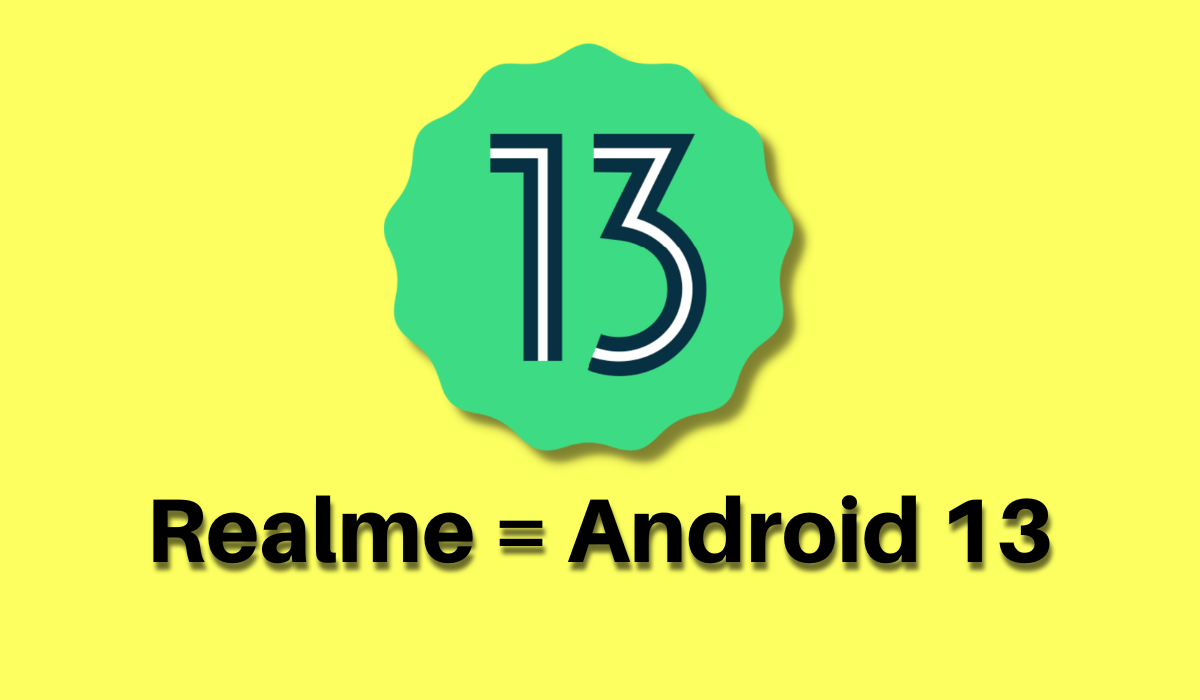
Over the last few days, we in the tech world and gadget world are seeing that different types of smartphone makers have started rolling out their custom skin for their devices with the Android 12 version. But till now many realme fans and realme users are away from the information about the update of their brand.
Today we share with you some information related to realme, as well will also give you information about the eligible realme device for Android 13.
Recently Realme unveiled UI 3.0 and brought new features apart from what Google introduced with the stock version of Android 12. Realme’s UI 3.0 includes new icons and customizing fluid space design interface.
Realme never lets its users get discouraged by releasing updates on time. And Realme is continuously rolling out Realme UI 3.0 for its devices, which have a long queue. Those who are eligible device users, if you have not yet received UI 3.0, then you should wait a bit. Stay connected with our website.
Now comes to the point, Realme users are focused on Android 13 and the devices expected to get them. You can check out the list of Realme devices . that will get the next major OS upgrade with a new UI 4.0 based on it.
These realme smartphones and tablets are most likely to get Android 13
Realme Android 13 Device List
- Realme GT Neo 3
- Realme GT Neo 3T
- Realme GT 2 Pro
- Realme GT 2 Pro Naruto Edition
- Realme GT 2
- Realme GT
- Realme GT Neo
- Realme GT Neo Flash Edition
- Realme GT Neo2
- Realme GT Neo2 DBCE
- Realme GT Neo 2T
- Realme GT Master Edition
- Realme GT Master Explorer Edition
- Realme 9 4G
- Realme 9 5G
- Realme 9 SE 5G
- Realme 9 Pro+
- Realme 9 Pro
- Realme 9i
- Realme 8 Pro
- Realme 8 4G
- Realme 8 5G
- Realme 8i
- Realme 8s 5G
- Narzo 50 Pro
- Narzo 50 Pro 5G
- Narzo 30 Pro
- Narzo 30 5G
- Narzo 30 4G
- Narzo 30A
- Realme X7 Max
- Realme X7 Pro Extreme Edition
- Realme V23
- Realme V13
- Realme V11
- Realme Q3
- Realme Q3i
- Realme Q3 Pro
- Realme Pad Mini
- Realme Pad X
This list is an approximate list made by some big tech giants. We will provide you with the information as soon as the official updates come. As long as you can join us anywhere through the link given below.
Realme
Record-Breaking Sales of realme GT Master Explorer Edition Worldwide
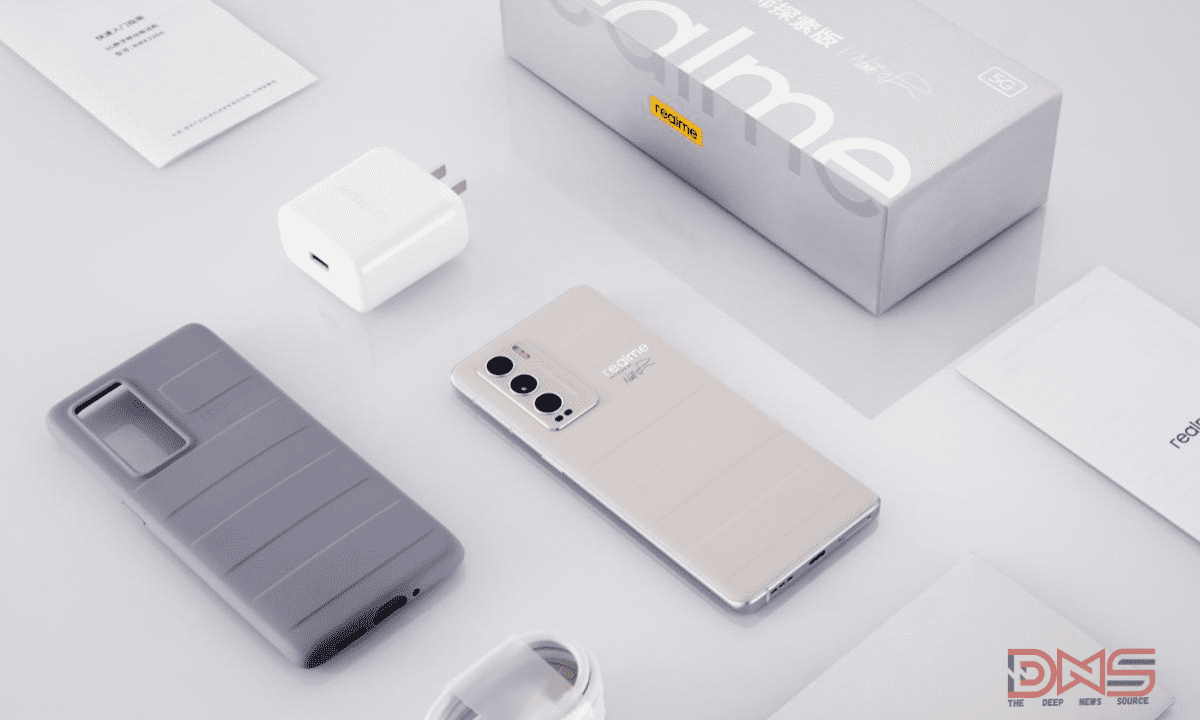
realme GT global sellRealme GT Master Explorer Edition was released in July 2021. After almost a year, realme officially announced that the global sales of this smartphone had crossed 2 million units.

Industrial design master Naoto Fukasawa designed the Realme GT Master Exploration Edition. It has two back cover technologies of 3D plain leather and AG glass, 4 colors in total, and the starting price starts from 2799 Yuan (approximately 33,000 Indian Rupee).
As we know that the Realme GT Master Explorer Edition is equipped with Qualcomm Snapdragon 870 chip, uses LPDDR 4x+UFS 3.1 storage, supports memory expansion function, can achieve 12+7GB=19GB storage Built-in 4500mAh battery, supports 65W fast charge (100% charge in 33 minutes), as well as enhanced NFC, dual speakers, Z-axis linear motor, VC liquid cooling + superconducting carbon fiber + copper alloy heat dissipation design and more.
The realme GT Master Explorer Edition uses a 6.55-inch FHD+ Samsung AMOLED curved screen, COP package, under-screen fingerprint design, and is covered with Corning Gorilla Glass 5 glass panel. 120Hz refresh / 480Hz touch sampling rate, support DC dimming, local peak brightness up to 1100nit, 10240-level dimming, 3-level refresh rate automatic adjustment, support HDR 10+.
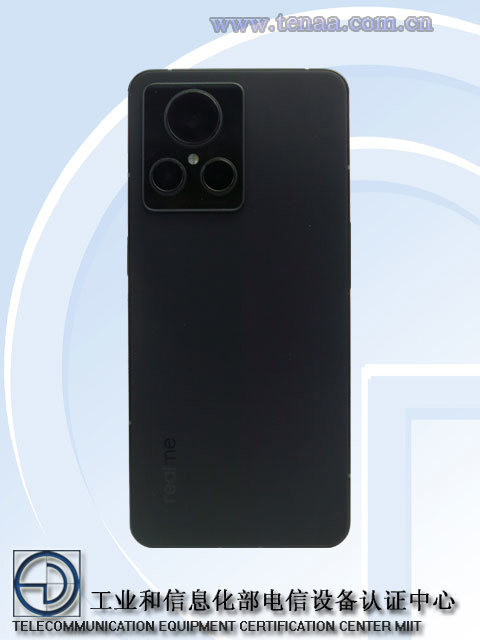
The official announcement of realme GT2 Master Exploration Edition will be released in July, known as the “annual texture flagship”, equipped with the Snapdragon 8+ mobile platform. The network access information shows that the realme GT2 Master Explorer Edition is 8.2mm thick, weighs 199g, uses a 6.7-inch 2412×1080 120Hz AMOLED screen, is equipped with a 4880mAh (nominal 5000mAh) battery, supports 100W fast charging, front 16MP lens, rear 50MP + 50MP + 2MP lens.


